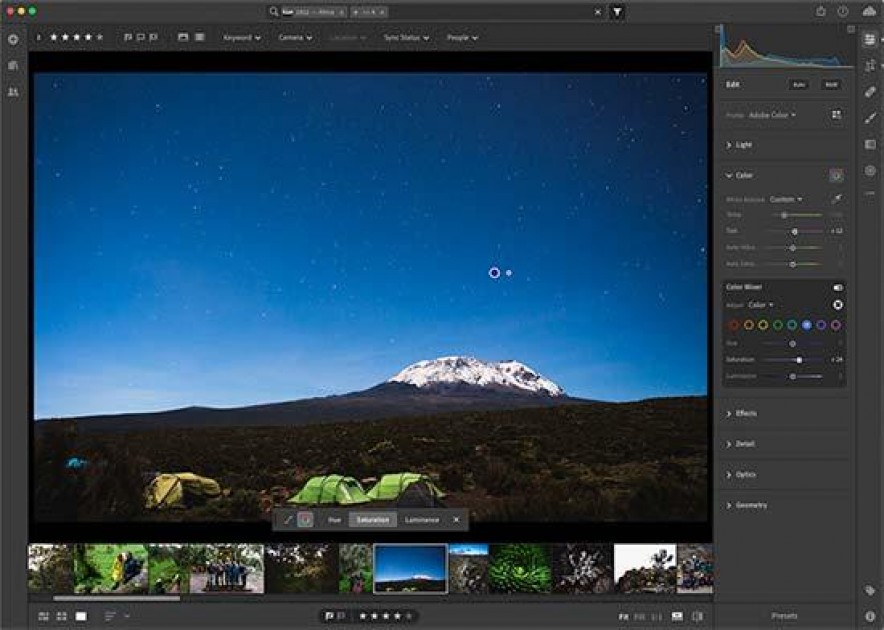
This monochromatic image taken with an infrared sensor appears in color when imported with Adobe Defaults. With this new system, using Camera Settings as a default will now mean that importing such images will appear as black and white because we will pick the Camera Monochrome profile to match the settings. When importing these images into any Lightroom app, they would show up in color because the raw file is always processed in color. When you select Camera Settings as your default, Adobe will attempt to match the image preview you saw at the back of your camera.įor example, some photographers prefer to set their camera to black-and-white mode (monochrome) to help them visualize in the field. In-camera styles or profiles are designed to help photographers preview images in a way that’s closer to what they envision at capture time. When no other custom default is defined, Adobe Default will process images using the Adobe Color profile, in addition to sharpening and noise reduction, to make what we believe is a good general purpose starting point. No matter your creative vision, Raw Defaults can bring you closer to your “done” point. Understanding how they work and why we chose these settings may help you decide how you should configure defaults that best fit your needs. You can choose from three defaults: Adobe Default, Camera Settings, and Develop or Edit Presets. With Raw Defaults, we give you the power to customize your settings based on your own workload and processing needs. The “Camera Settings” Raw Defaults option are designed to match the built-in camera settings, such as Canon’s Picture Style.Īdobe Default is the “sweet spot” that we determined to be good for most users, but it’s not for everyone - nor is it optimized for all types of photography.


#CAMERA RAW VS LIGHTROOM SERIAL#
In Lightroom Classic and ACR, default settings can be further dictated by camera model, ISO speed, and even by camera serial number. The selected settings are applied to each image during import or when reset if the image is already in your catalog. Raw Defaults handle the way your imported raw files are automatically processed. Whether Raw Defaults are an entirely new concept to you or a mainstay for your existing workflow, this article will help you understand the benefits, improvements, and some best practices. Lightroom Classic: Preferences → Presets. Additionally, our improved ISO adaptive presets will make it easier to apply adjusted settings for multiple images with varying ISO settings. Lightroom (Win, Mac): Preferences → Import.įor Lightroom Classic and ACR, managing settings for different camera models can now be done all in one view in Preferences. In February and June, the photography teams launched an improved Raw Default system that gives you the power to customize how your raw images are automatically processed.įor all photography apps, there’s now an option to use the Camera Settings default to match your in-camera look.

Raw Defaults are now available in Lightroom for Windows, Mac, iOS, iPadOS, Android, Web, Lightroom Classic, and Adobe Camera Raw (ACR). Streamline Edits with the Improved Raw Defaults


 0 kommentar(er)
0 kommentar(er)
